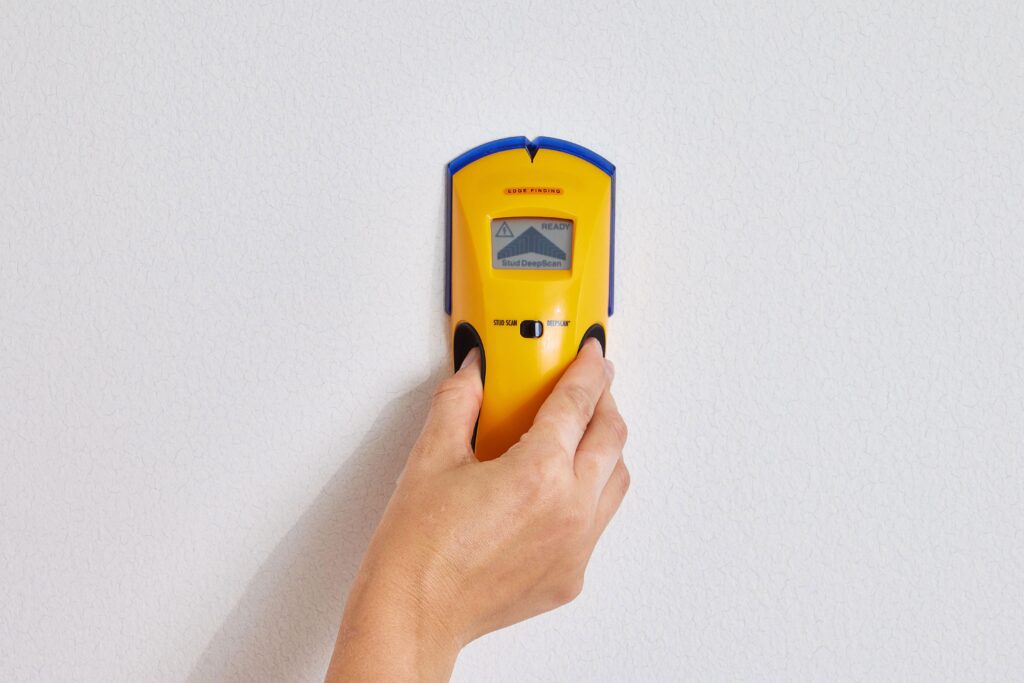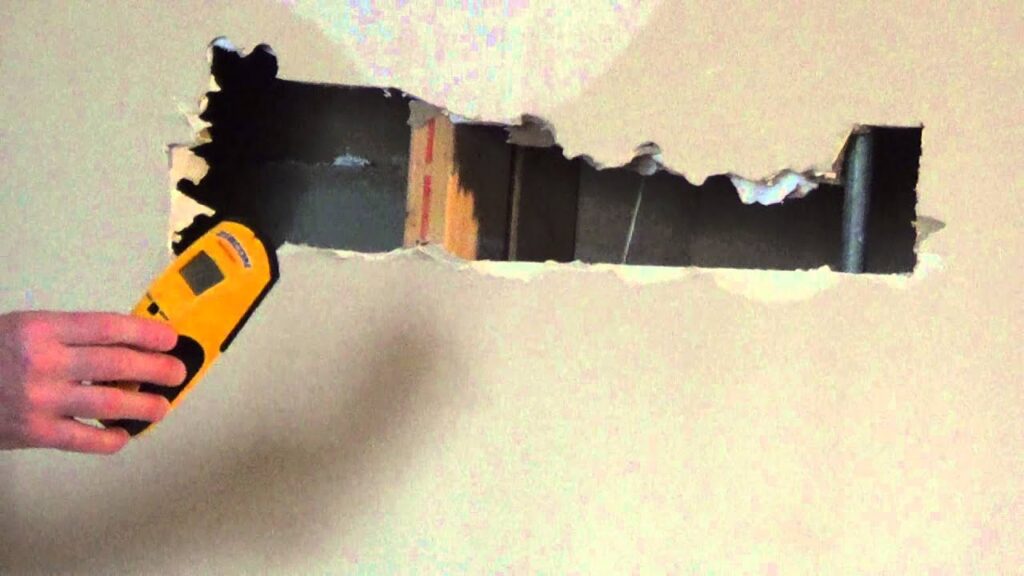
How to Use a Stud Finder to Combat Mold in Your Home
Mold is a persistent issue that can pose risks to both your home’s structure and the health of those inside. To effectively tackle mold problems, understanding where moisture can seep in or where airflow is restricted is key. This is where a stud finder becomes unexpectedly helpful. Using a stud finder to locate studs, inspect areas of potential moisture buildup, and improve wall access can make it easier to find and prevent mold growth.
In this guide, we’ll explain how stud finders work, how they relate to mold detection, and provide actionable steps for combining these tools with mold prevention strategies.
Understanding Mold Growth and Why It Matters
Mold thrives in areas with moisture, such as bathrooms, basements, and behind walls. Moisture buildup can lead to serious issues, from structural weakening to health problems, especially respiratory issues and allergies. Catching mold early or preventing its growth by improving ventilation and reducing humidity is critical. This is where knowing the interior structure of your walls—finding where studs, pipes, and wiring lie—can help.

What Is a Stud Finder and How Does It Work?
A stud finder is a device used to locate the wooden or metal framing within walls, commonly known as studs. There are two main types of stud finders:
- Magnetic Stud Finders: These detect metal within walls, including nails and screws that attach drywall to the studs.
- Electronic Stud Finders: These use sensors to detect density changes in the wall, helping you identify where studs begin and end.
While primarily used for hanging heavy items securely, stud finders can also play a valuable role in mold inspection by helping you better understand your wall structure and potentially hidden moisture areas.
How a Stud Finder Helps in Detecting and Preventing Mold
Stud finders are indirectly useful in identifying and combating mold because they:
- Locate Wall Cavities: Stud finders help map out wall spaces and identify where insulation, pipes, or air pockets exist. Areas without airflow, like some wall cavities, can easily trap moisture, leading to mold.
- Assist in Identifying Cold Spots: Moisture often condenses in areas where the temperature fluctuates. Knowing where these spaces are within your walls can help you pinpoint high-risk areas.
- Enable Access for Inspection: By marking studs, a stud finder shows where to safely cut drywall to inspect for mold, check for leaks, or install venting if needed.
With these insights, you can more effectively manage potential mold areas, minimize repairs, and save on mold remediation costs.
Using a Stud Finder for Mold Prevention: Step-by-Step Guide
Step 1: Select the Right Stud Finder
For mold inspection, an electronic stud finder is typically more effective since it can identify wall density variations more precisely than a magnetic stud finder. Look for a stud finder with deep scanning capabilities, as mold risks can sometimes lie behind additional wall layers.
Step 2: Map Your Wall Layout
- Mark all studs along the wall, noting locations for potential inspection.
- Keep an eye out for any irregular gaps or unexpected wall densities, as these could indicate hidden pipes or air pockets where moisture may collect.
Step 3: Identify and Mark High-Risk Areas
Certain areas in your home are more prone to mold growth, such as walls near bathrooms, kitchens, and basements. Use your stud finder to locate studs in these spaces, and pay attention to any unusual findings, like:
- Irregular stud spacing: This could signify a leak if close to a plumbing line.
- Cooler spots or gaps: These can indicate possible moisture-prone areas.
Step 4: Cut and Inspect Safely
If you find any signs of mold risk (like drywall discoloration or musty odors), you may need to remove a section of drywall for inspection. Using the marked studs as guides, you can make clean, safe cuts without damaging the structure.
Step 5: Improve Ventilation and Insulation
Once you’ve identified potential problem areas, you can take steps to prevent mold growth:
- Install vents or increase airflow in identified areas, especially in enclosed spaces like bathrooms and basements.
- Use moisture-resistant materials around mold-prone spots to deter mold growth.

Additional Tips to Prevent Mold with a Stud Finder
- Use a Moisture Meter: Once you’ve located studs, a moisture meter can help confirm whether mold-prone areas contain excess moisture. This double-checks the effectiveness of your preventive measures.
- Combine with Dehumidifiers and Ventilation Systems: For basements or other damp spaces, dehumidifiers reduce moisture, while exhaust fans help in rooms like bathrooms and kitchens.
- Seal Cracks and Insulate Pipes: Mold often grows in areas where cold and warm air meet. Insulating pipes and sealing any wall cracks can help control temperature differences that lead to moisture buildup.
Choosing the Right Stud Finder for Mold Prevention
Different types of stud finders can suit various needs, so choose based on where you’re working and the mold risk involved:
- Basic Magnetic Stud Finder: Works best in simple areas where wall depth is less of an issue, such as small rooms.
- Deep Scanning Electronic Stud Finder: Useful for larger or more complex areas, this tool can penetrate deeper wall layers and detect density differences more precisely.
- Multi-Functional Wall Scanner: Some wall scanners include additional features like metal detection and pipe location, which can help if you’re working in bathrooms or near plumbing.
Conclusion: An Unexpected Tool for Mold Prevention
While a stud finder isn’t a mold removal tool, it plays an important role in mold detection and prevention. Using a stud finder helps you better understand your wall structure, identify high-risk areas, and create a targeted approach to managing mold-prone spots. By pairing your stud finder with moisture management tools, you can take proactive steps to keep your home mold-free, improving both your property value and indoor air quality.
![]()